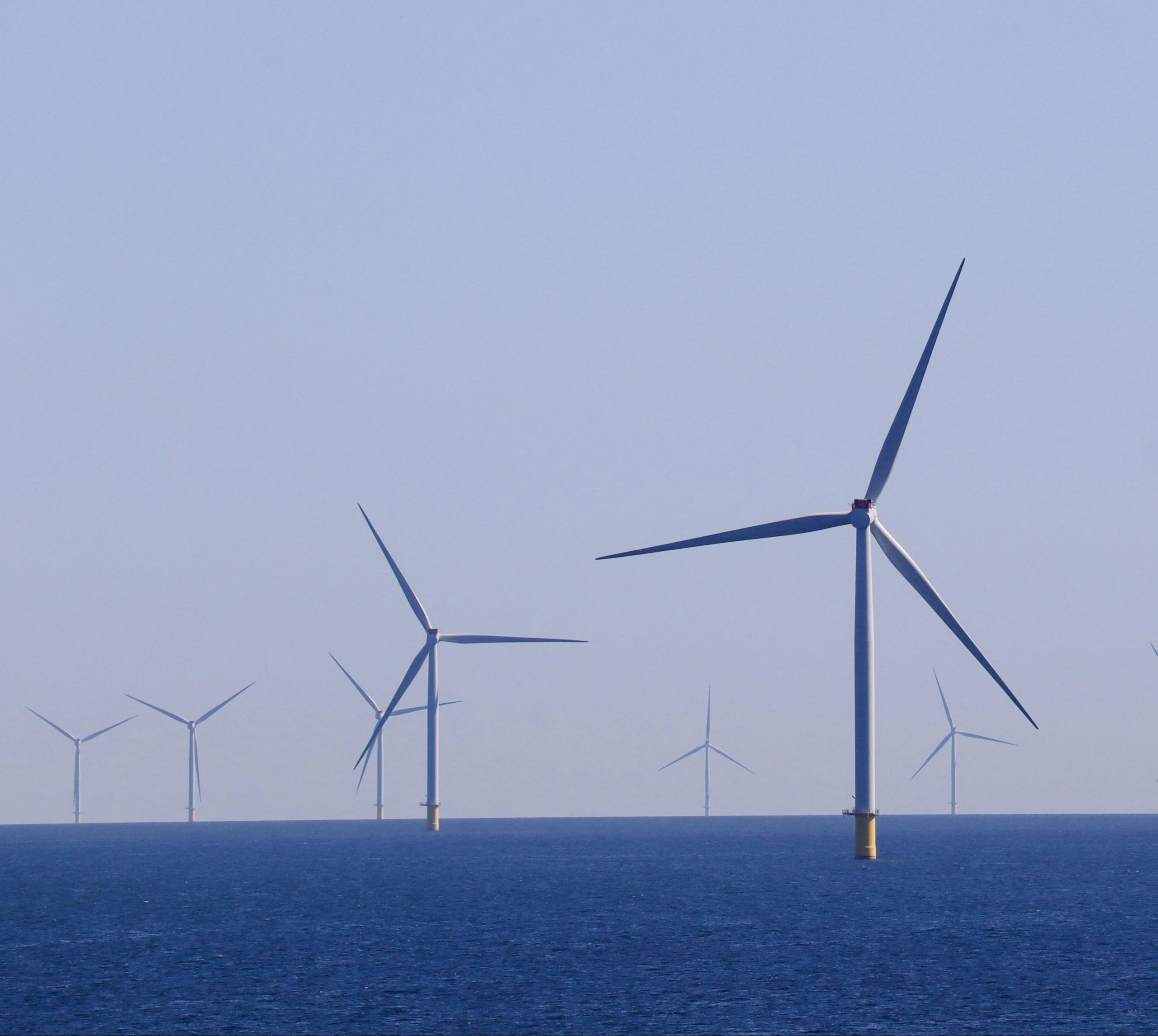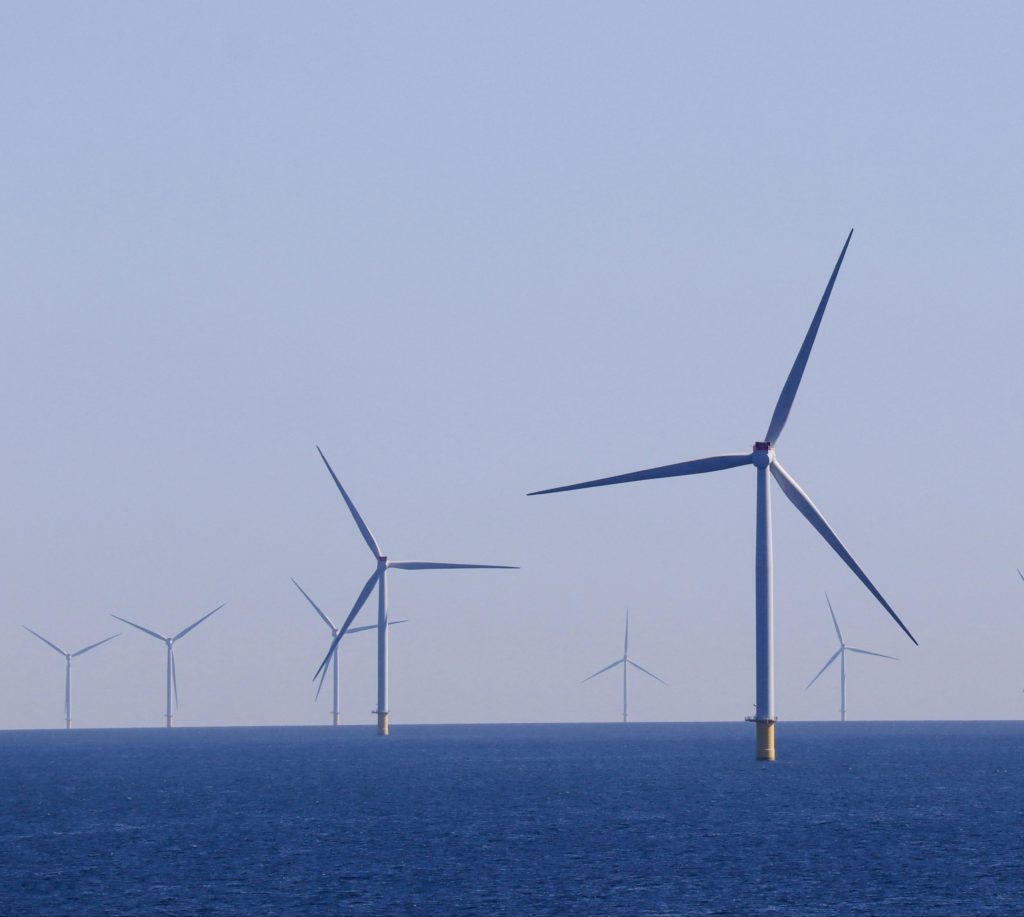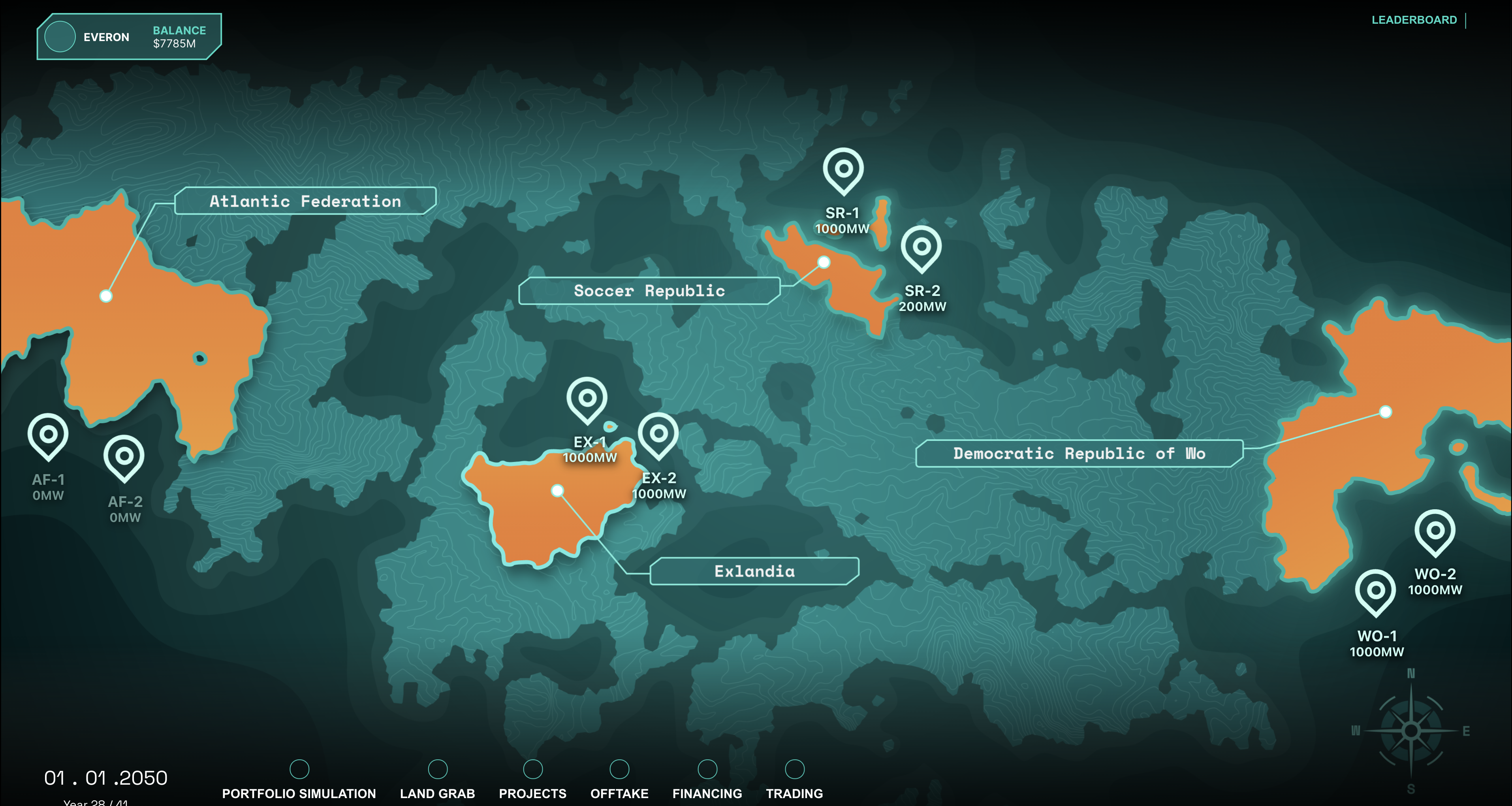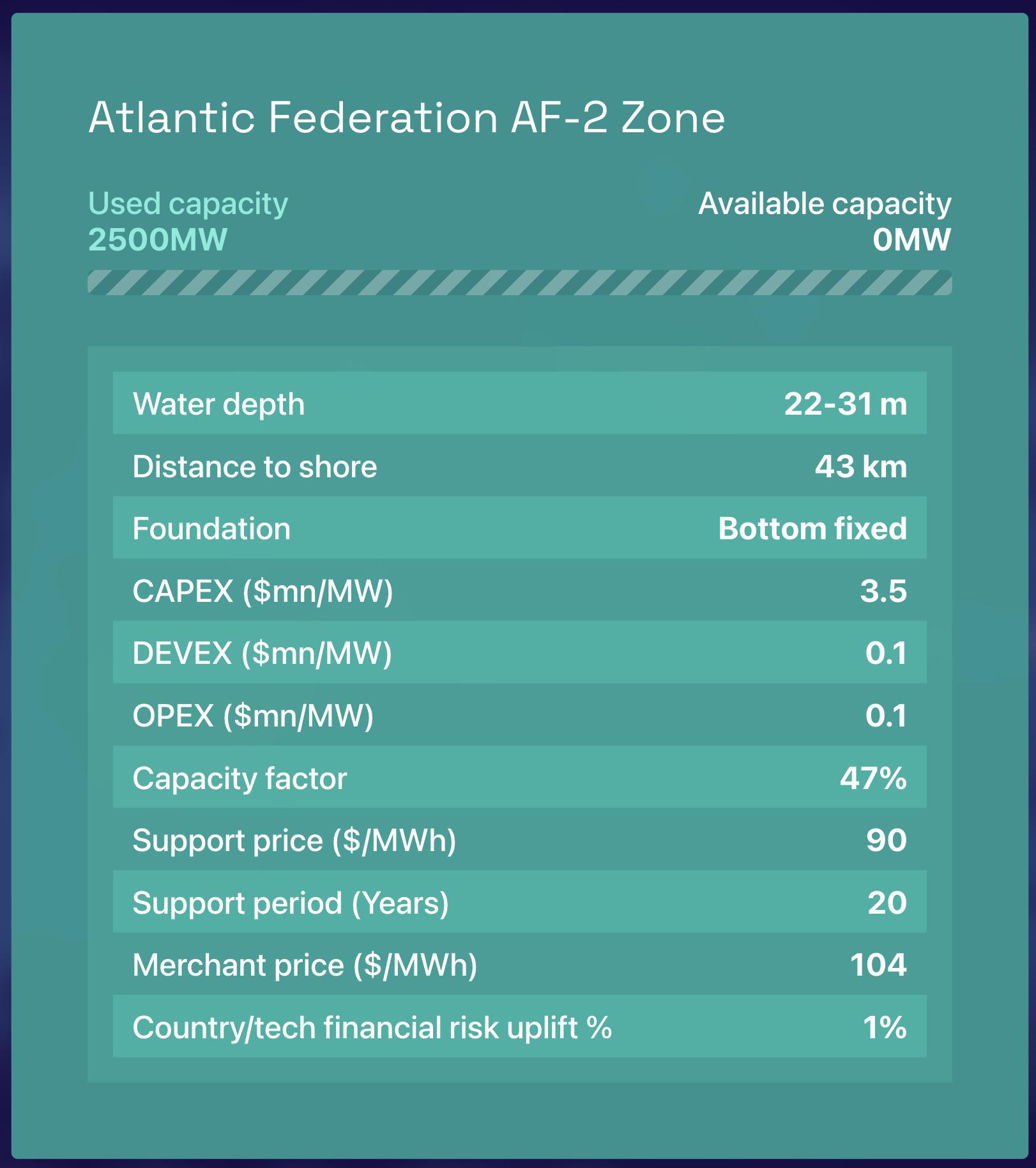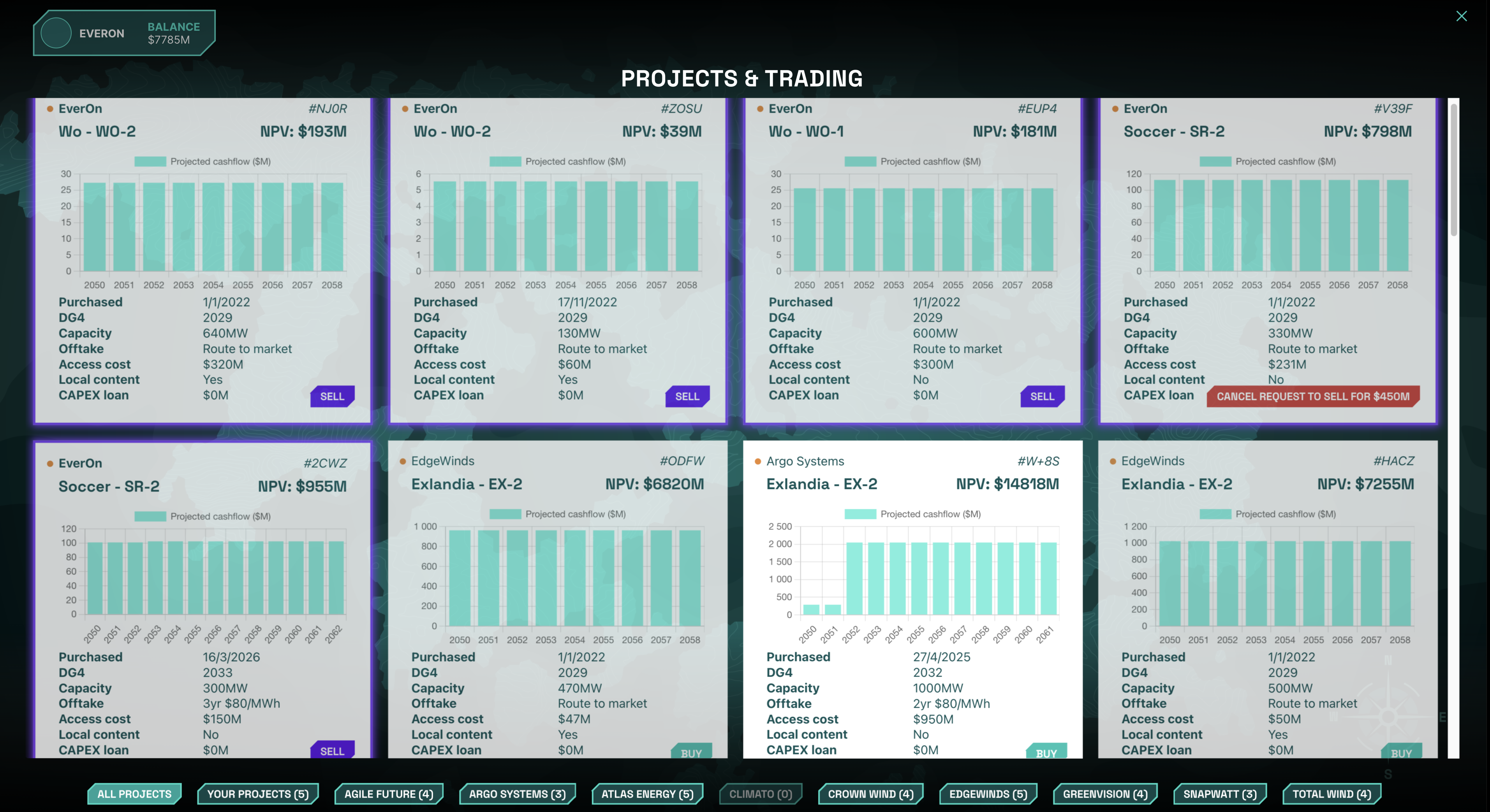The energy transition is accelerating rapidly. Every country, and the people within them, must undergo major transformations to meet ambitious climate and energy goals. But how do we secure enough energy from renewable sources to meet rising demand?
Electricity consumption is surging, even as fossil fuels are gradually being phased out. Fortunately, technological advances are moving quickly, and significant investments are being made in innovation across solar, wind, hydro, and hydrogen energy. In the United States, President Biden recently announced plans to establish wind farms along the entire coastline, with auctions set to begin in 2025.
Gamification as a learning tool
We’ve had the pleasure of working with Equinor on a wide range of projects over the years. Some of the most exciting work has involved creating simulation-based learning tools, designet to train employees in areas like strategy, field development, and value chains. These simulation games have also served as dynamic recruitment tools, offering a compelling. hands-on way to explore what working at Equinor actually means.
Over the course of our partnership, Equinor has evolved from a oil and gas company into a energy company with a diverse portfolio. Our latest project is fully centered on renewable energy, with a special focus on offshore wind.
New ways of working require new skills
Operating in wind energy is very different from oil and gas. The business model relies on tighter margins and deeper understanding of market dynamics. While oil and gas can be extracted, stored, and shipped globally, wind power is produced locally and must be consumed immediately.
Other variables like local subsidies, long-term interest rates, and even prolonged periods of calm weather can dramatically impact performance. The shift to renewable energy demands more than just new strategies, it requires a new mindset and new capabilities.
Simulating the offshore wind business
This autumn, we launched two pilot sessions with our newest simulation game in partnership with Equinor.
In Operation New Energy, participants step into the role of offshore wind operators. Starting with $5 billion in capital, each team competes to build the most valuable portfolio over a simulated 28-year timeline. Along the way, they must develop investment strategies, manage portfolios, plan project timelines and pricing, navigate offtake agreements, secure financing, and respond to shifting market conditions.
What if prices drop? What if interest rates rise, or a project is delayed? How do you respond to resource shortages or changing political regimes? When is the right time to divest, or to take advantage of another team's misfortune?
We’re looking forward to finalizing the simulation tool over the coming months, and even more exicted to roll it out to even more business units within the energy sector. Our goal is to help as many people as possible to gain a deeper understanding of the wind energy sector in an engaging, hands-on way.
It’s fast-pace, competitive, and packed with energy – just like the future.

